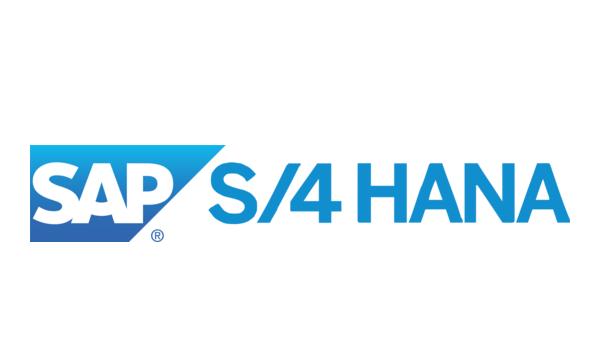The SaaS version of SAP S/4HANA ERP is popularly referred to as S/4HANA Cloud and is the next generation of ERP systems developed for companies to achieve digital transformation.
The cloud software is based on cloud-based HANA, which has its in-built qualities of a real-time data tracking facility along with high power memory processing ability. SAP Landscape is the basis of the in-memory database known as SAP HANA.
This technology comes under the broad category of Relational Database Management System (RDBMS). RDBMS is a suitable and computable software platform for carrying out column-oriented SAP applications.
Technologies Behind S/4HANA
The foundation of ERP is modified into three different technologies that form the basic core of SAP HANA.
Digital Assistant: A virtual assistant or digital conversation manager is known as SAP CoPilot is developed for interacting conveniently with the applications and functions of ERP.
This digital assistant is an expert in dealing with the user’s information and contextual data thereby processing it to suggest relevant decisions regarding the allotted tasks.
Predictive Analysis: The well-built S/4HANA analytics embedded feature incorporates predictive ability and suggests various suitable outcomes of actions
The analytical tools can be utilized for app development related to several different niches, such as inventory management, stock maintenance, and sales price quoting applications.
Machine Learning: The different automated tasks or repetitions can be incorporated into S/4Hana Cloud because of machine learning technology.
The tasks are more prone to errors and can be time-consuming, therefore, machine learning is one of the fundamental pillars of S/4 SAP.
The SAP HANA is the basis of the empowerment of various businesses, as it can connect the business with the digital economy and helps to develop various valuable applications.
The customizable SAP applications are delivered to be open and flexible for incorporating agility in the business. The business agility and speed improve by this SAP value software for creating new solutions with the assimilation of on-premise extension and cloud extension technologies.
Balancing between SAP HANA and S/4HANA
SAP HANA is the prime technology for different database platforms that are utilized for maintenance for various business operations, such as human resources, sales, logistics, and finance. In other traditional systems such as RDBMS, there are other column-based technologies – OLAP and OLTP.
They smoothen the data analysis process by making the availability of cloud storage, retrieving the data, processing the information, and finally interpreting it into more relevant analytics. HANA can efficiently utilize memory and compresses the stored data so that it occupies less space in the memory.
One of the most essential applications of SAP HANA is real-time data tracking and analysis.
On the other hand, the S/4HANA or SAP Business Suite-4 SAP HANA is the fourth versioning suite that employs ECC (ERP Control Centre). It is the modified version of SAP HANA under the mainstream SAP ERP system.
It can handle much more data than SAP HANA. It can simplify the data with the help of simple tool designing, making the technology more agile and easy to use and perform. The data processing is very fast, like real-time.
Application of S/4Hana Cloud Essentials
SAP S/4HANA Cloud Essentials are applied by business operations for their benefit in increasing business agility, improving return on investment, decreasing ownership cost, and improving governance and compliance.
Customized User Experience
This cloud service is capable of providing a personalized user experience by discovering the needs of the end user. It can be used for incorporating rapid prototyping options to understand the design of the application of the target customers. It is helpful in building a safe and secure web-based application for a business that is user-centric and can monitor performance.
Coherent Analytics
S/4HANA can be utilized for seamless data analysis and logical interpretation of the data. However, the SaaS platform is regarded as one of the most dynamic providers of analytics and application, this cloud-based software will help the business to safely store data and anticipate them for upcoming challenges in business.
The future outcomes are predicted with the Predicted Analytics Library (PAL) option of the S/4HANA.
The technological advancements are driving rapid designing options for operational enlargement, S/4 SAP HANA is an essential component for the deployment of initiative and modern applications.
Conclusion:
In conclusion, SAP S/4HANA Cloud Essentials is a cloud-based ERP system that helps businesses achieve digital transformation by providing real-time data tracking, high-power memory processing ability, and seamless data analysis.
It offers a personalized user experience, and coherent analytics, and can help businesses improve their agility, return on investment, and compliance. SAP HANA’s technological advancements make it an essential component for modern and innovative applications, making it a valuable tool for staying competitive in the digital economy





